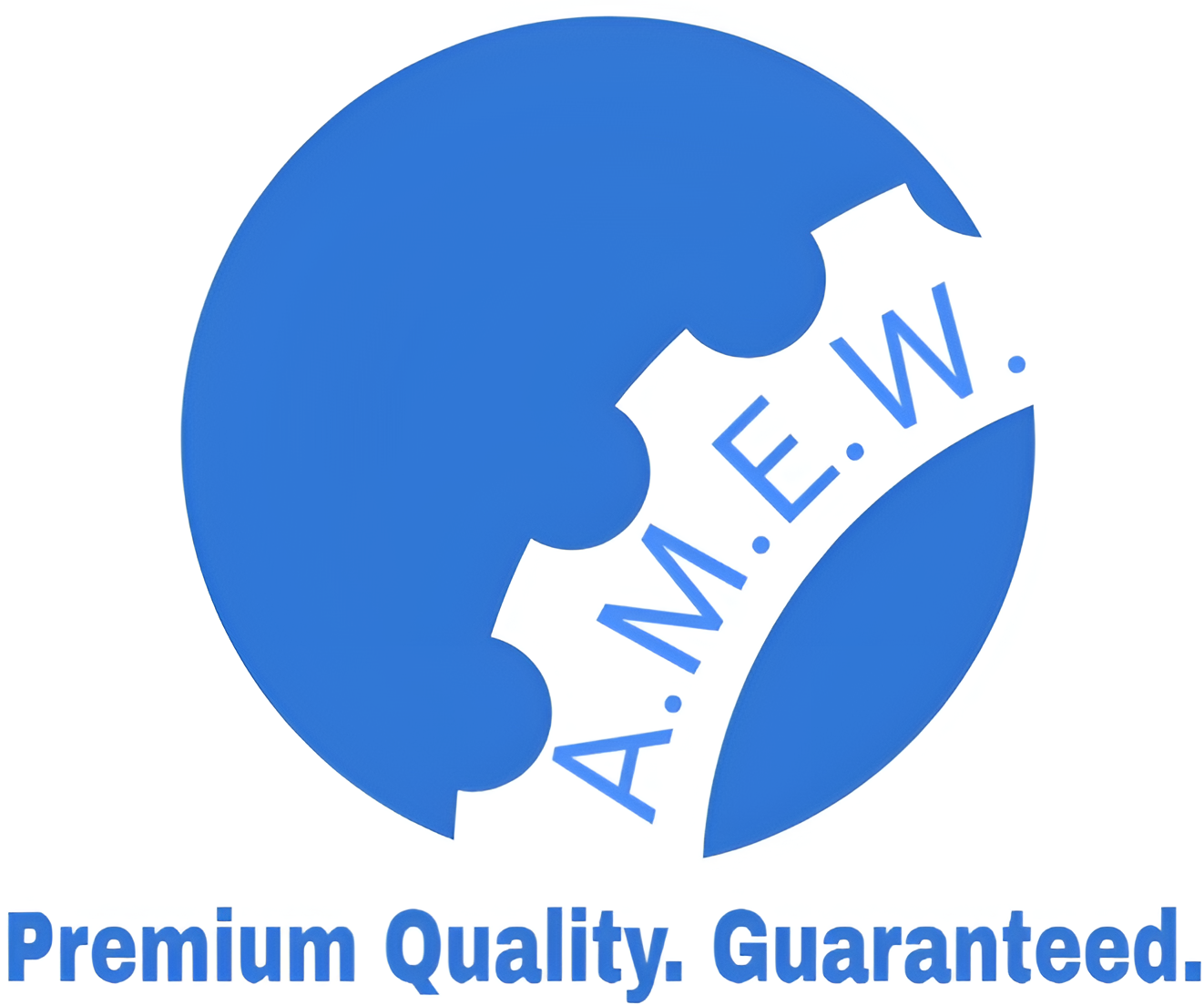High Strength Structural Steel Plates: An In-Depth Guide
High Strength Structural Steel Plates are specially designed to offer superior strength and durability compared to traditional carbon steel plates. These plates are ideal for structural applications requiring high load-bearing capacity, resistance to deformation, and lighter weight. Their enhanced mechanical properties make them indispensable in industries such as construction, shipbuilding, heavy machinery, and infrastructure development.
High strength structural steel plates typically feature a higher yield strength (above 275 MPa) and are alloyed with elements such as manganese, silicon, copper, and sometimes small amounts of nickel, chromium, and molybdenum. These additions enhance properties like toughness, weldability, and corrosion resistance.
Key Characteristics of High Strength Structural Steel Plates
- High Yield Strength: These plates offer excellent yield strength, making them suitable for load-bearing structures. They can withstand significant stress without deformation, which is crucial in high-stress environments.
- Toughness: High strength plates maintain their toughness even at low temperatures, ensuring reliable performance in cold environments.
- Improved Weldability: Many grades are designed for good weldability, simplifying fabrication and construction processes.
- Weight Savings: Their high strength allows for the use of thinner, lighter plates without compromising structural integrity, reducing overall weight in projects like bridges and buildings.
- Durability and Longevity: These plates resist wear, fatigue, and impact, ensuring long-lasting performance in demanding applications.
Common Grades of High Strength Structural Steel Plates
High strength structural steel plates comply with various international standards. Below is a comparison of widely used grades:
| Grade | Yield Strength (MPa) | Tensile Strength (MPa) | Applications |
|---|---|---|---|
| ASTM A572 (Grade 50) | 345 | 450-620 | Bridges, buildings, construction equipment |
| ASTM A514 (T-1 Plate) | 690 | 760-895 | Heavy equipment, cranes, transport vehicles |
| ASTM A588 | 345 | 485-620 | Bridges, weather-exposed structures |
| EN 10025 S355 | 355 | 470-630 | Bridges, buildings, construction equipment |
| EN 10025 S460 | 460 | 550-720 | Offshore structures, high-load applications |
| BS 4360 50D | 355 | 490-620 | General structural use |
| JIS G3106 SM490 | 490 | 610-790 | Bridges, building frameworks |
| SAE 1045 | 310 | 565 | Machinery components, shafts, gears |
Breakdown of Key Grades:
- ASTM A572 (Grade 50): A popular HSLA steel grade offering a balance of strength, ductility, and cost for applications like bridges and buildings.
- ASTM A514 (T-1 Plate): Known for extremely high yield strength, this grade is used in heavy construction equipment and large structural components.
- ASTM A588: Provides atmospheric corrosion resistance, ideal for weather-exposed bridges and structures, reducing maintenance needs.
- EN 10025 S355 and S460: Common in European construction for buildings and heavy machinery. S355 is especially valued for its strength, weldability, and formability.
- BS 4360 50D: A British standard grade offering a balance of strength and toughness for structural use.
- JIS G3106 SM490: A Japanese standard for bridges and building frameworks, known for high strength and toughness.
Applications of High Strength Structural Steel Plates
1. Bridges
High strength plates are essential for building long-span bridges and flyovers, ensuring the structure can handle heavy loads without deforming.
2. Buildings and Skyscrapers
Used in high-rise buildings to reduce weight while maintaining strength. Ideal for modern architectural designs requiring thinner and lighter components.
3. Cranes and Heavy Machinery
Grades like ASTM A514 are vital for cranes, excavators, and heavy machinery that endure massive stresses during operation.
4. Transportation Equipment
Railway cars, trucks, trailers, and shipping containers utilize high strength steel plates to reduce weight, enhance durability, and improve fuel efficiency.
5. Offshore Structures
Offshore platforms and oil rigs require materials like EN 10025 S460 to withstand harsh marine environments and corrosion.
6. Wind Towers
Used in wind turbine towers, these plates provide strength and stability while remaining lightweight, critical for tall structures.
7. Mining and Earthmoving Equipment
High strength plates enhance the durability and longevity of mining equipment that operates under extreme loads and impacts.
8. Pressure Vessels
Grades like ASTM A517 are used in pressure vessels and boilers, offering excellent strength, toughness, and resistance to high temperatures and pressures.
Advantages of High Strength Structural Steel Plates
- High Strength-to-Weight Ratio: Enables thinner, lighter plates, reducing project costs and material usage.
- Durability: Enhanced resistance to wear, impact, and fatigue ensures long-term reliability.
- Improved Safety: Capable of withstanding extreme forces, these plates enhance structural safety and resilience.
- Corrosion Resistance: Some grades, like ASTM A588, offer weathering resistance, reducing maintenance costs.
- Ease of Fabrication: Many grades maintain good weldability and formability, streamlining construction and fabrication processes.
Limitations of High Strength Structural Steel Plates
- Higher Cost: These plates are more expensive due to their advanced properties and alloying elements.
- Specialized Fabrication Requirements: Some grades require preheating or post-weld heat treatment to prevent issues like cracking.
- Potential for Brittle Fracture: Selecting the right grade and ensuring proper toughness mitigates the risk of brittle fractures, particularly in low-temperature applications.






